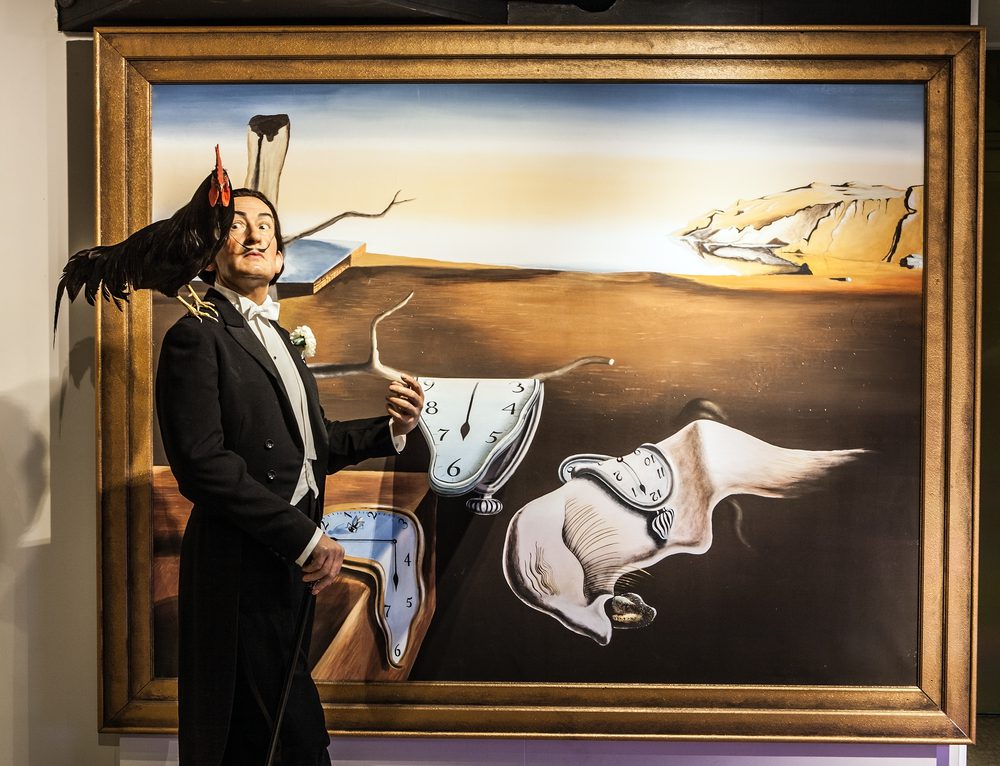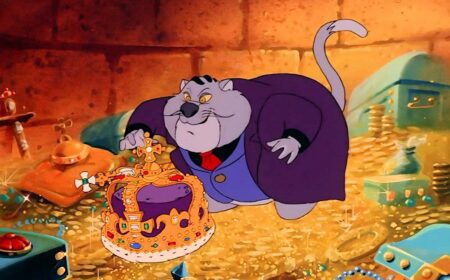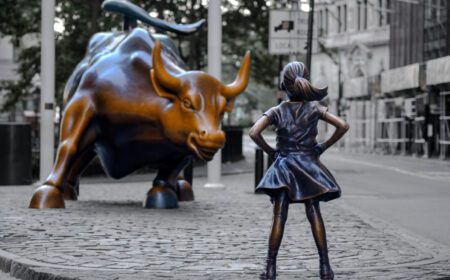Picture this: how art outperformed the stock market in the past two decades
Learn how art helped diversify investment, and what are the strategies and risks associated with art

Between 2000 and 2018 the returns of the art market outperformed that of the stock market by 300%
Art is a popular tool for diversifying your portfolio, because it doesn't seem to be closely correlated with the financial market
Despite art's ability to be reliable storer of value – the illiquidity of the market makes it difficult to realise the returns
In times of great uncertainty, people tend to look towards alternative investment vehicles. While stocks, bonds, currency, crypto and other financial instruments tend to be very volatile, real assets are assumed to be safer, merely because their value is linked to real objects. In theory, labelled as “alternative” investment – art, really, is not that much different from a good bottle of wine, whose value increases every year.
Some have made a fortune by gambling with art – others have lost it all. We surveyed the market to find out whether it’s worth the hype and help you learn of ways to take advantage of it.
Why art?
A more conservative investor may not be able to instantaneously pinpoint the reason behind the hype. Why would anyone decide to treat it as an investment tool? The answer is very simple – diversification. The logic behind diversifying your portfolio lies in the idea that, in case of a financial shock, the losses in one asset class are offset, or at least remain unimpacted, in other asset classes.
Art is a great tool for diversification because, while certain business industries may experience bubbles, artworks rarely experience swift change in prices. The financial crisis of 2008 showed that the price of high-end artworks didn’t move in lockstep with the stock market, marking art as a useful vehicle for balancing your portfolio. This could be explained by the fact that, when times are bad, people tend to offload their stocks to obtain additional liquidity and avoid incurring any further risks, therefore further spiralling the price of stocks.
In contrast, during recession, people tend to hold tight to their luxury assets, so as not to give them away on a discount, thus the market simply becomes less liquid, rather than more volatile. Moreover, a research conducted by the Wall Street Journal revealed that approximately 8% of retail investors portfolio’s is made up of “passion investments” like art, cars, wine and so forth.
What are the strategies?
The first sentence in the investment bible states “buy low, sell high”. This strategy works also when buying art works. In practice it means that you should look for young artists that are not yet at the peak of their career and buy their works early, so that at the moment they become famous, you can sell their works at a profit. Of course, the risk is also present – there’s always a chance that the artist decides to change their career or the artwork actually doesn’t prove to be as promising as you imagined it to be.
On the other hand, it is possible to think bigger by taking the effort of acquiring an established artist’s work – like an old master painting. It may be more expensive at first, however, the long-term returns are more guaranteed. Moreover, according to research, in the years between 2000 and 2018, the value of top artworks rose by more than US stocks (as estimated by S&P 500). Namely, whereas the value of the US stock market rose by 3% a year, the value of top artworks rose on average by 9%.
What are the risks?
One of the key factors scaring away potential investors is the massive information asymmetry. Only a true expert can distinguish between a real and a fake painting, so there are dealers who take advantage of that and rip off their customers. However, there are galleries and auction houses that can help you along the way.
While fluctuations on the demand side are less frequent, they are still present. An example is Christie’s November 2018 sale of 20th-century works that saw the hammer prices 42% lower than a comparable event the year before. This took place as there were fewer high rollers from Asia splashing their cash.
The last argument is the illiquidity of the market. While art is typically a good way to preserve the value of money (fine art’s value, as demonstrated, tends to rise over time), it tends to become difficult to actually realise your returns – namely, sell the artwork to receive the cash. Major art sales don’t happen every day and the ones that do could have a different focus (say, 15th century China), and there’s no guarantee investors will find a bidder willing to pay the price they want.









